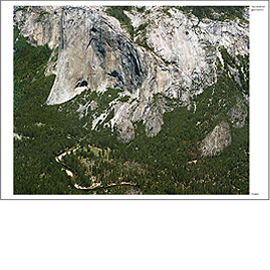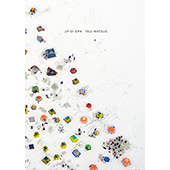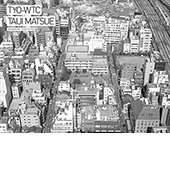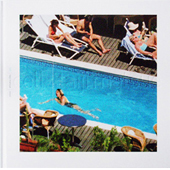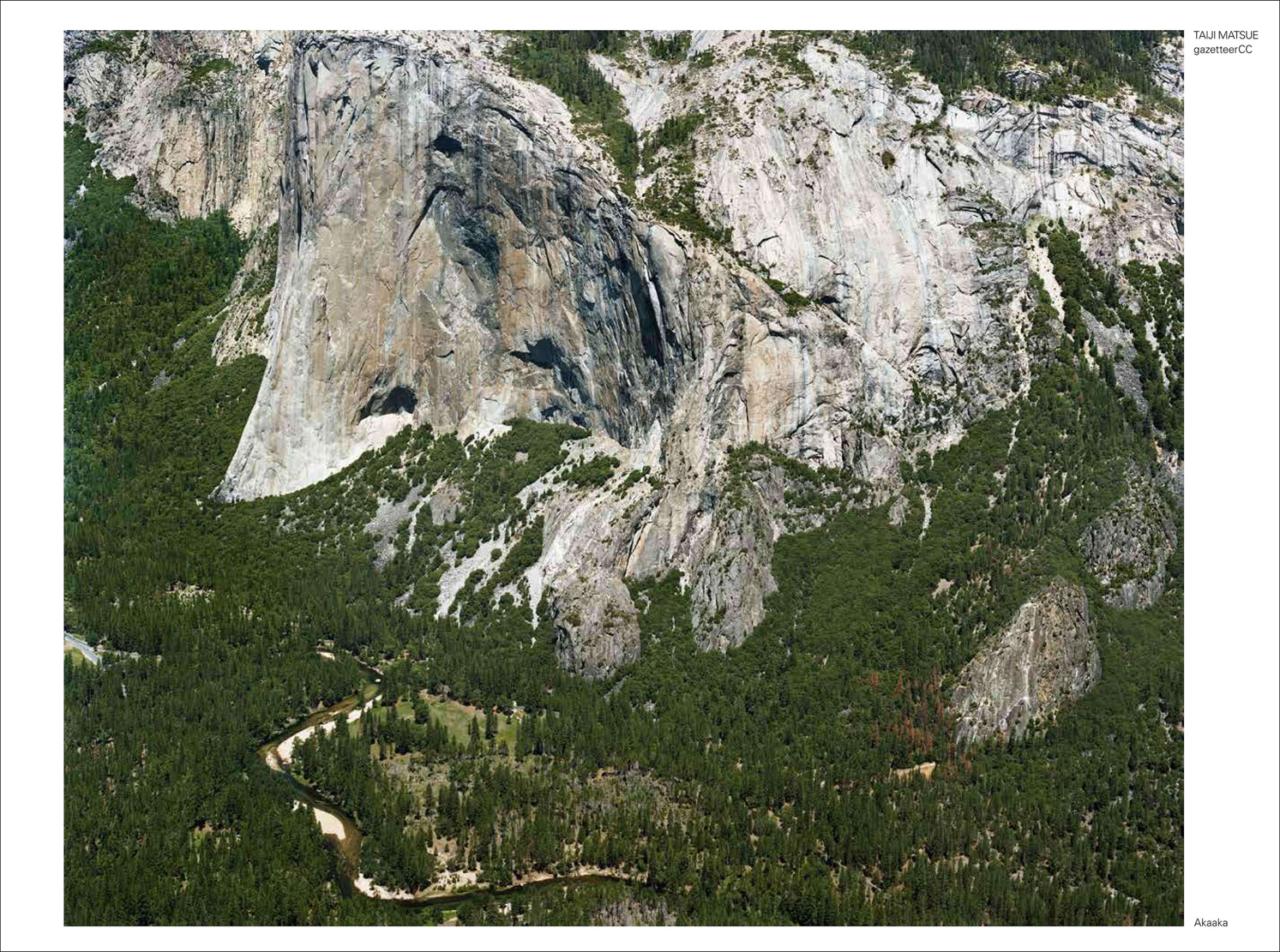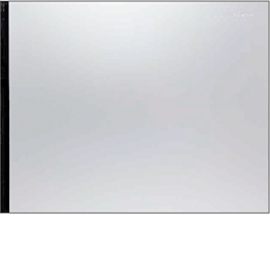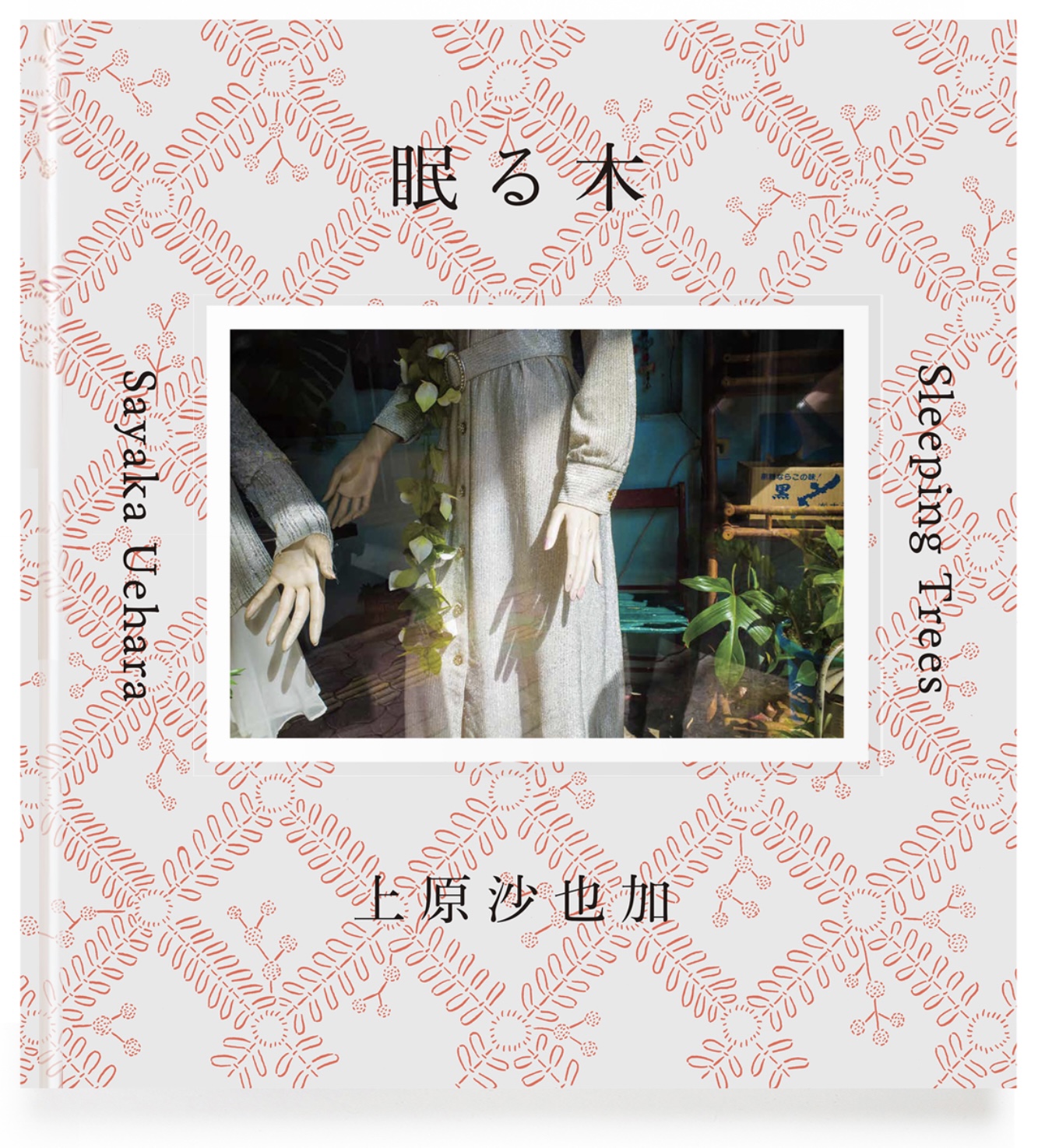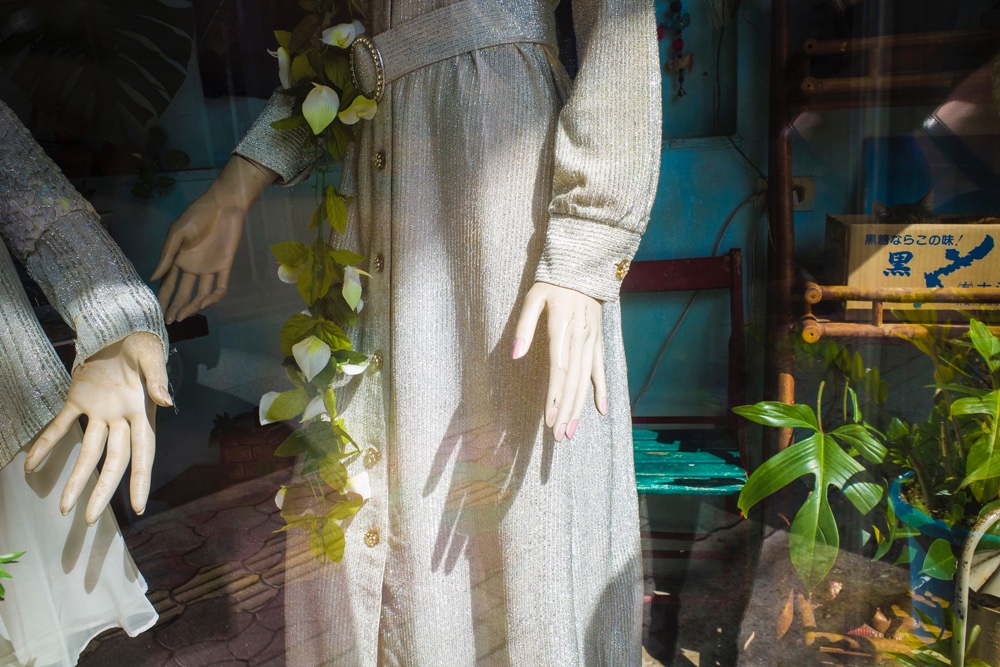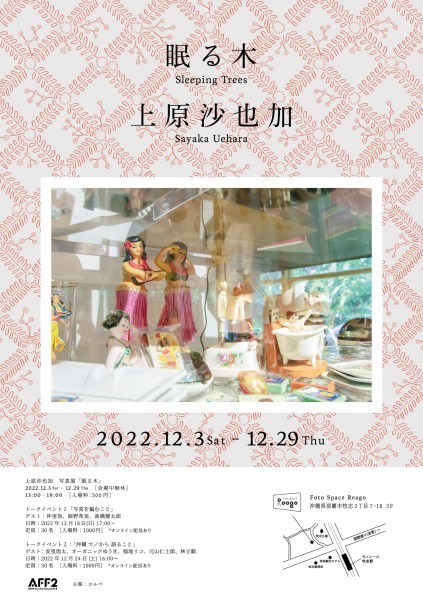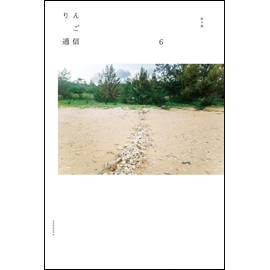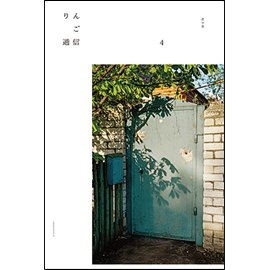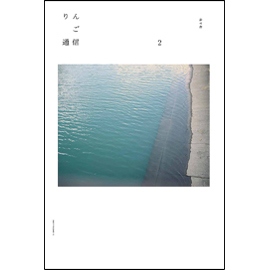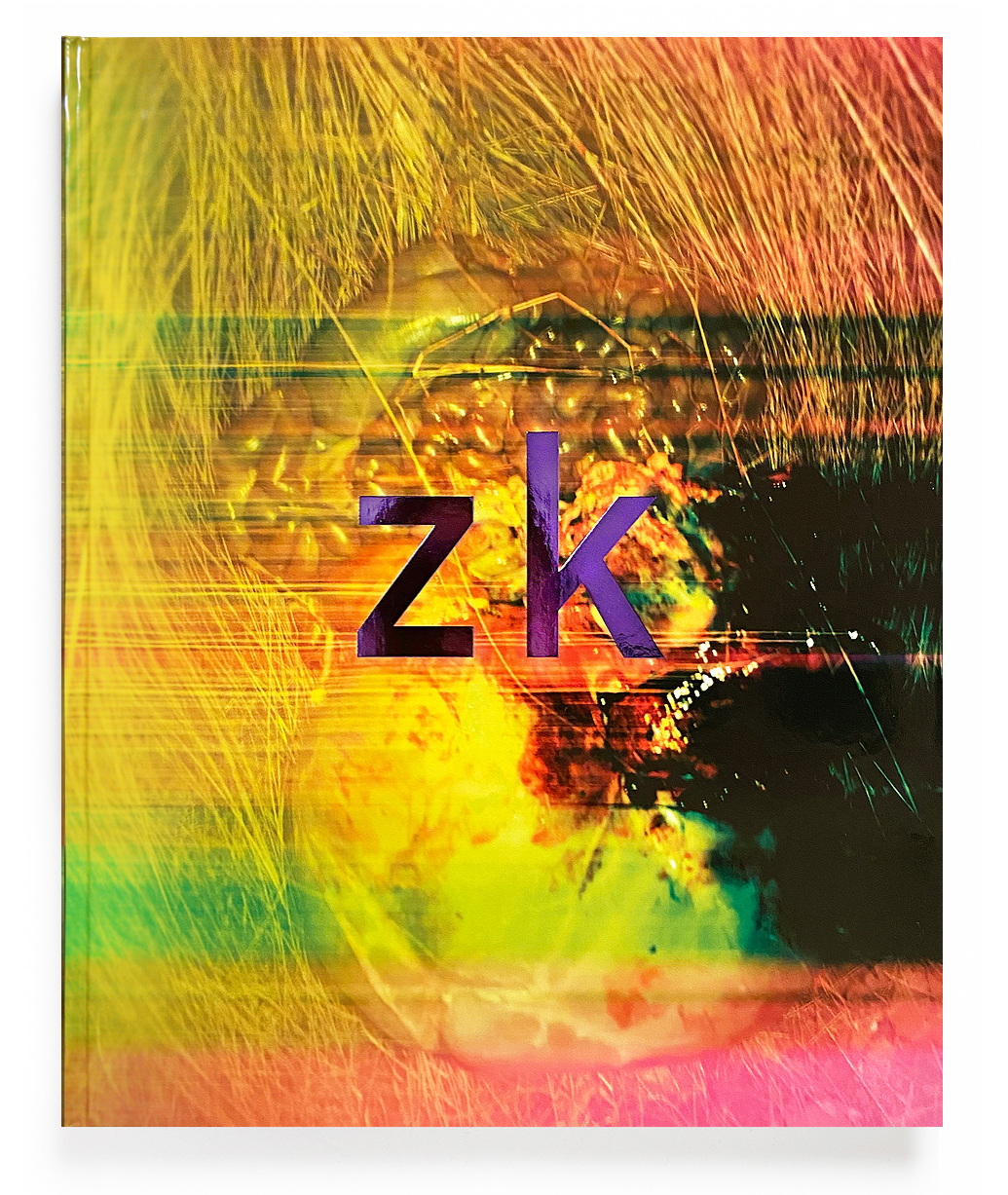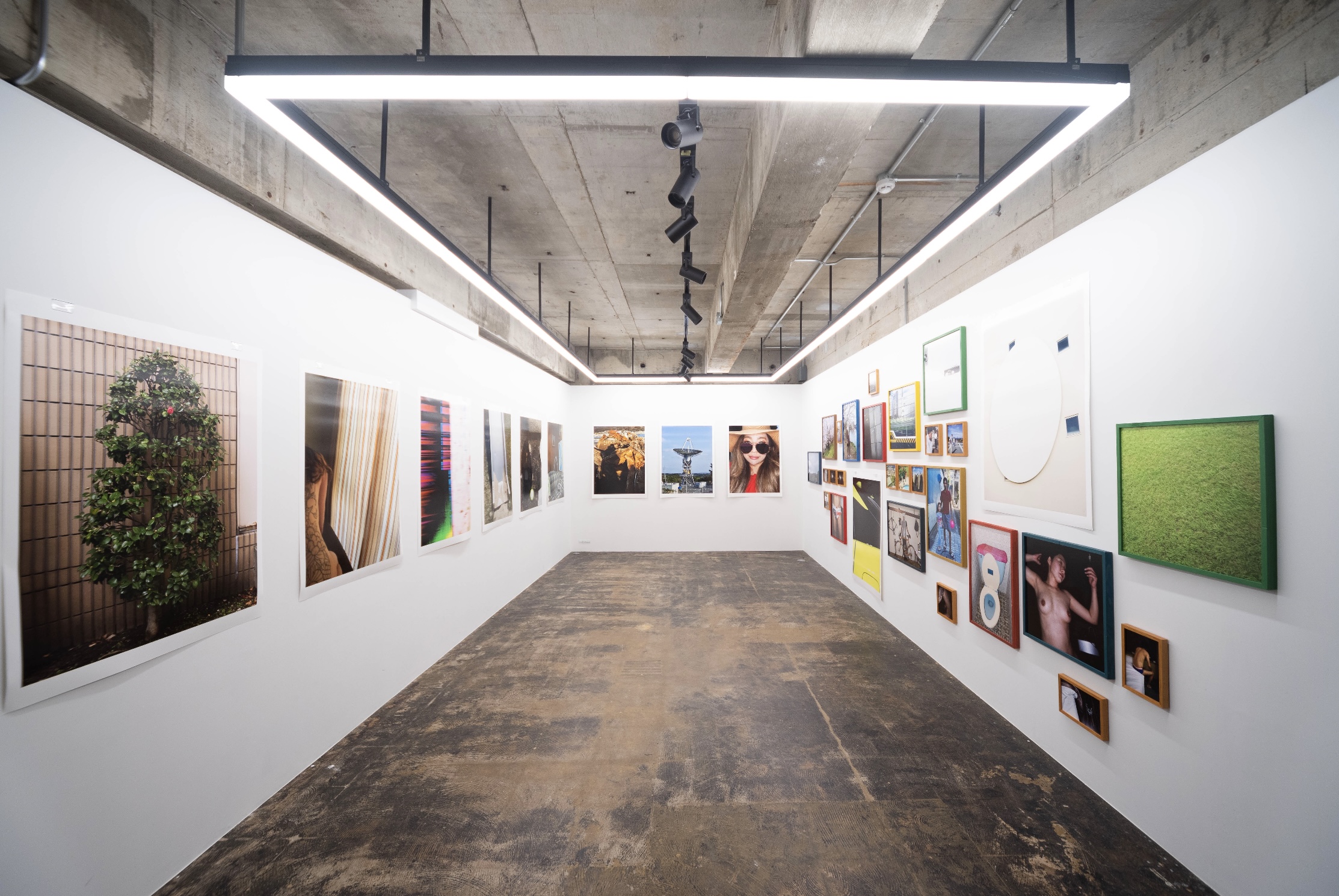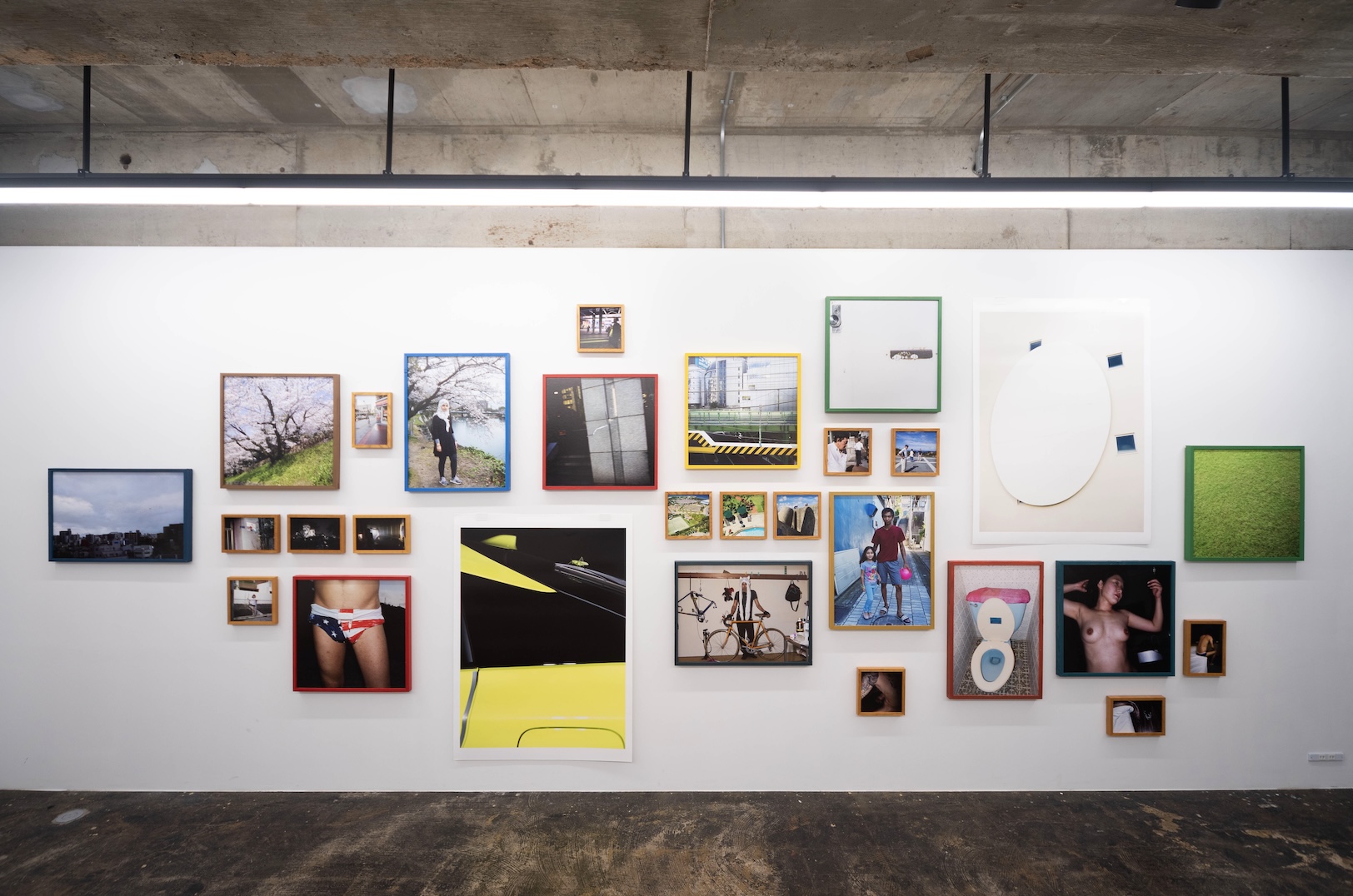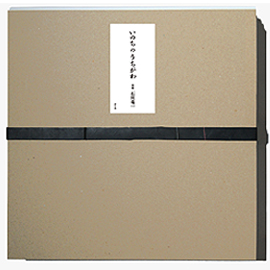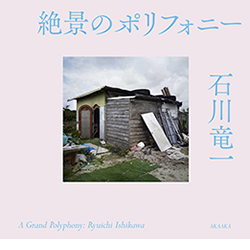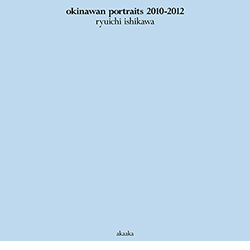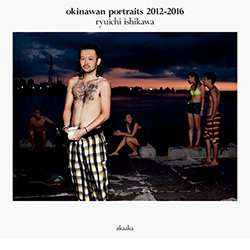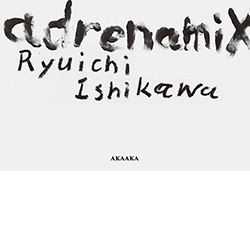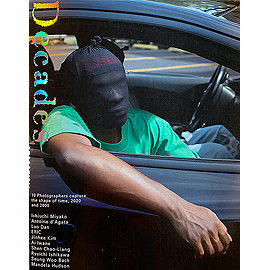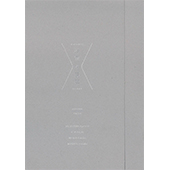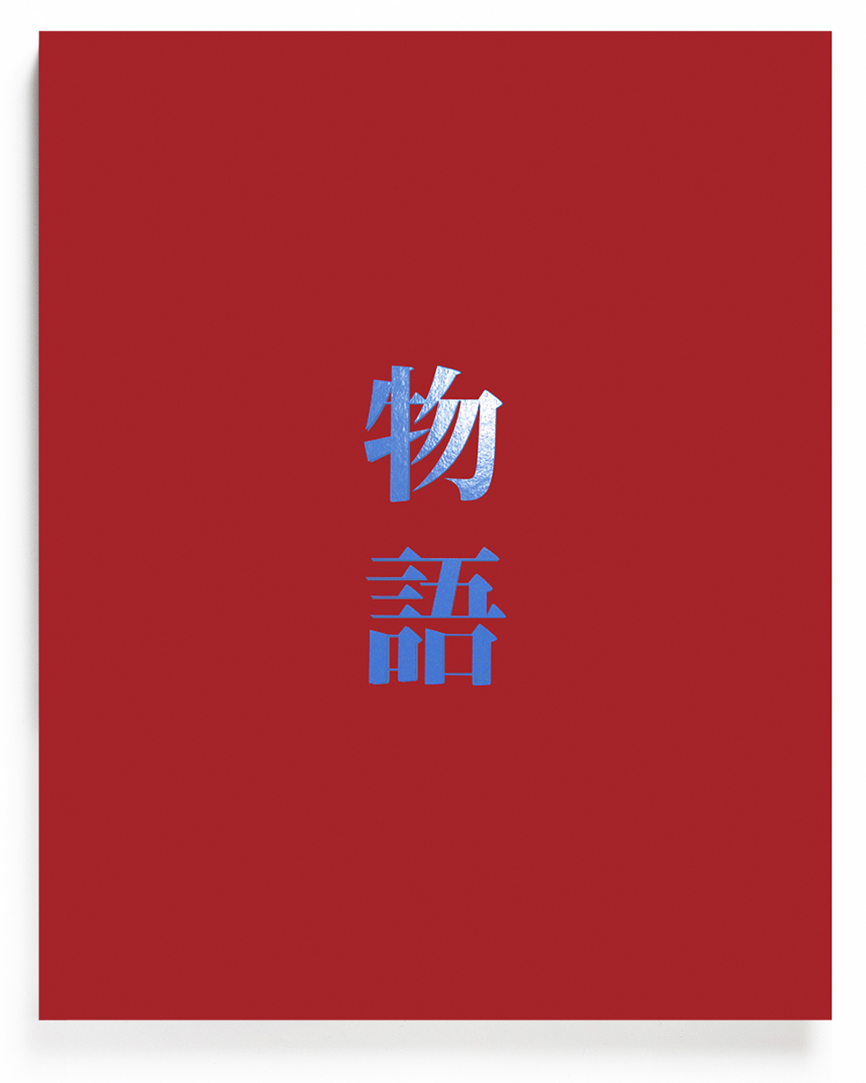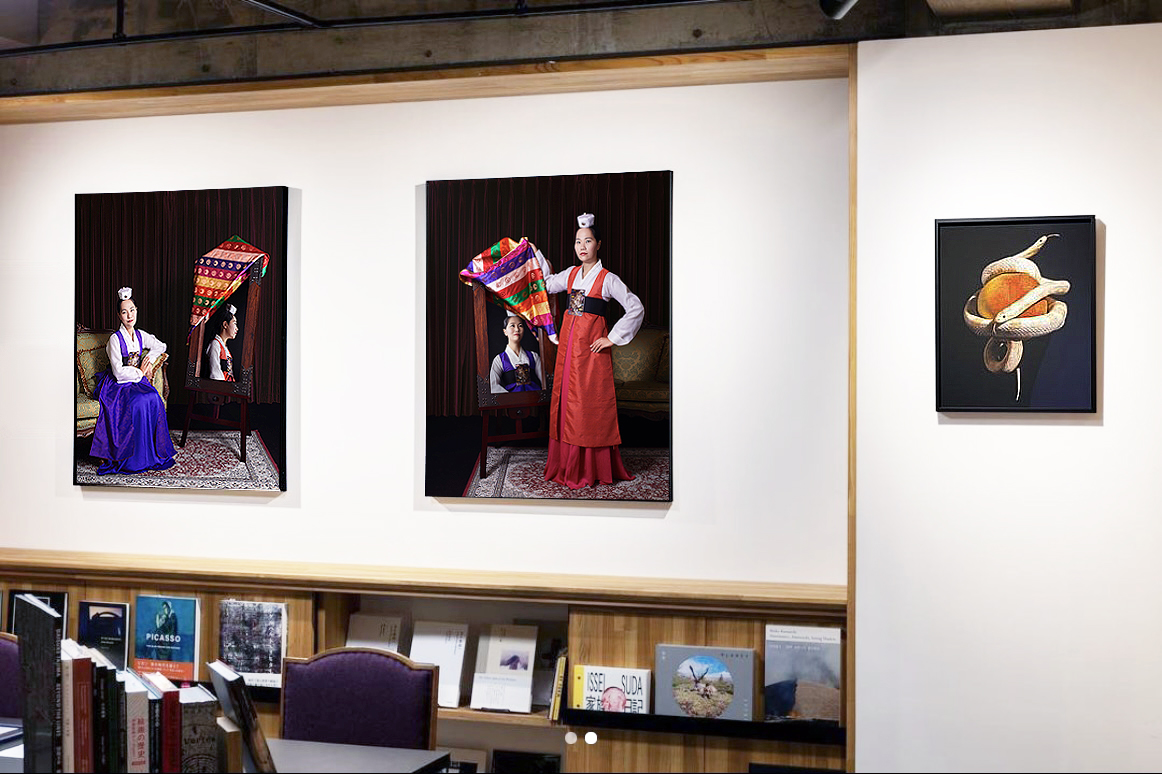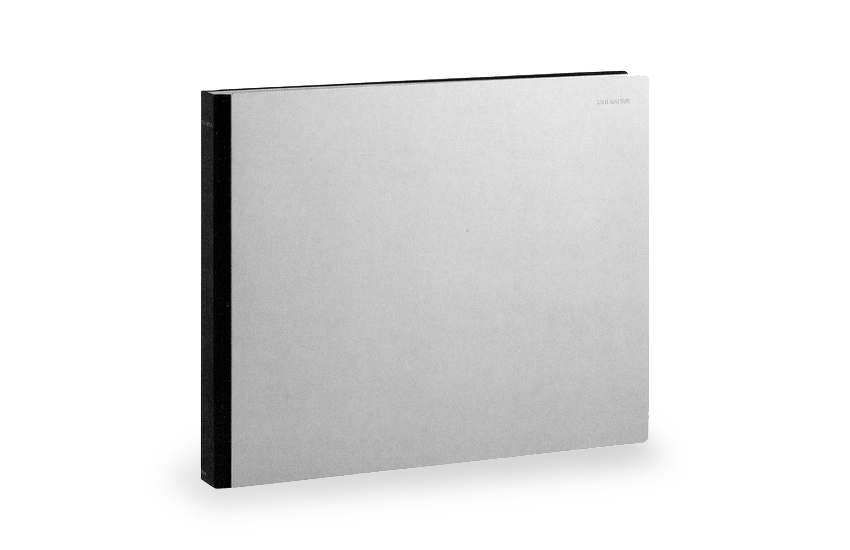
松江泰治『TAIJI MATSUE』
Size: H301mm × W378mm Page:348 pages Binding:Hardcover(aluminum, silver) Limited 900 (less stock), signed, edition numbered Published in January 2003 ISBN:4-9901746-0-7 |
¥ 30,000+tax
国内送料無料! お支払い方法は、銀行振込、郵便振替、 クレジットカード支払い、PayPal、PayPay よりお選び頂けます。 |
|---|
About Book
1989年から2002年までの代表作を含む、松江泰治もう一つの集大成。
TAIJI MATSUE
Matsue Taiji
《TAIJI MATSUE》published in 2003, on Taiji Matsue's photography compiles every one of his masterpieces-from the time he began documenting the surface of the earth in 1989 all the way through to 2002, during which time he received the Kimura Ihee Photography Award. The various surfaces of the earth that are collected in the book as "place names" have been purposefully captured under a homogeneous light, thoroughly exposing the materials seen in the images: from the sand grains in a desert to a vast forest, from an untrodden piece of land to a city.
In the book, supervision by TARO NASU GALLERY, has an aluminum cover, and the development of these chronologically-compiled works has been done through placing a photo on each side of a two-page spread, with all of the pages containing non-framed, wide-screen images. This book has also incorporated CTP Screening and Fairdot480, featuring most advanced resolution techniques at the time, with the intention of reproducing the closest quality possible to Matsue's original prints.
《TAIJI MATSUE》closely reflects Matsue's style that continuously pursues perfection.
"About a hundred and eighty years after photography first made its appearance, a new vision of photography has finally come into being through the work of Taiji Matsue.
From the extremely desolate, dry world that is manifested from the entirety of this thick catalog titled "TAIJI MATSUE," I can perceive a sense of eroticism that is similar to the feeling of being in a trance. Matsue has successfully disclosed a new critical point in photography. This collection of Matsue's photographs allowed me to sense for the first time that the earth is really such a beautiful planet."
Daido Moriyama
Special Set Item
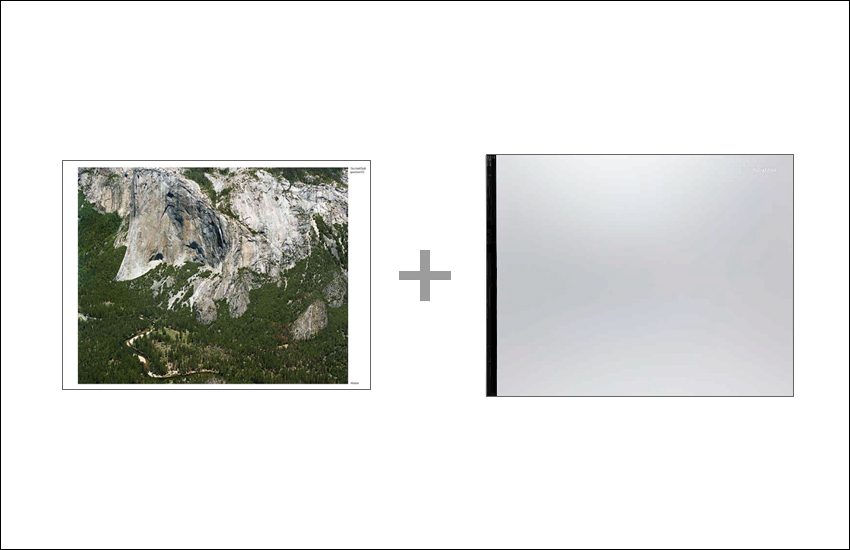
『gazetteerCC』+『TAIJI MATSUE』
『gazetteerCC』 発行:赤々舎 Size: H275mm × W360mmPage:280 pages Binding:Hardcover Limited 800, signed,edition numbered Published in 2023 ISBN:978-4-86541-163-8 |
¥ 40,000+tax
国内送料無料! お支払い方法は、銀行振込、郵便振替、 クレジットカード支払い、PayPal、PayPay よりお選び頂けます。 |
|---|
※『gazetteerCC』と『TAIJI MATSUE』のエディションナンバーは異なるものになります。
※ セット特別販売価格として、通常、2冊で47,300円(税込)のところ、44,000円(税込)にてお求め頂けます。
※ 『gazetteerCC』14,300円(税込)のみもご購入頂けます→
On the occasion of the publication of《gazetteerCC》, we will offer《gazetteerCC》+《TAIJI MATSUE》 as a set as two culminations of Taiji Matsue's work from different eras.
"The photographs collected in 《gazetteerCC》 were digitally scanned and digitally printed from color negatives, which Taiji Matsue shot using an analog process between 2000 and 2017.
The artist has actually been working in color for quite a long time in addition to his black-and-white photography. However, the nature of the analog color printing process is such that printing color negatives onto photographic paper blurs the "absolute focus" (to be explained below) that is most essential to Matsue's work, so he refrained from presenting these works and waited for advances in digital technology. In 2008, digital scanning and printing technology of sufficient quality became available, and Matsue made a major shift toward color which continues to this day.[...]
《gazetteerCC》published in 2023, compiled with the addition of many previously unreleased works, consists of a total of 262 photographs numbered from 001 to 262, with "ALPS" (001) and "YOSEMITE" (262) as the entrance and exit, so to speak, and all the photographs arranged in pairs (even-numbered + odd-numbered). [...]
"Excess of photography" is not a reference to the world's inundation with an overabundance of photographs. It means that a human being cannot look at a photograph and see it all at once in its entirety. This is because when we see a photograph, the act of looking inevitably casts a shadow on it, inevitably generating an invisible blind spot. In capturing sweeping views of cities and nature from high above, Taiji Matsue's photographs remind us of the impossibility of a true panoramic view. By doing so, they open up photography to the wealth of details as yet unseen."
Both titles are signed and edition numbered.
※ The edition numbers of 《gazetteerCC》 and 《TAIJI MATSUE》 are different from each.
※ The special price as a set sale.
※《gazetteerCC》only is also available→
Related Exhibiton
松江泰治「ギャゼティアCC」 会期:2023年1月20日(金)~3月7日(火) 時間:10:00〜17:30(日曜・祝日休館) 会場:キヤノンギャラリー S(東京都港区港南2-16-6 キヤノン S タワー) 【ギャラリトーク 1】 松江泰治 × 清水穣(美術・写真評論家) 日時:2023年1月21日(土)14:00〜 会場:キヤノンギャラリー S 定員:30名(事前予約制) 【ギャラリトーク 2】 松江泰治 × ライムスター宇多丸(ラッパー、ラジオパーソナリティ) 日時:2023年1月28日(土)14:00〜 会場:キヤノンホール S 定員:100名(事前予約制) |
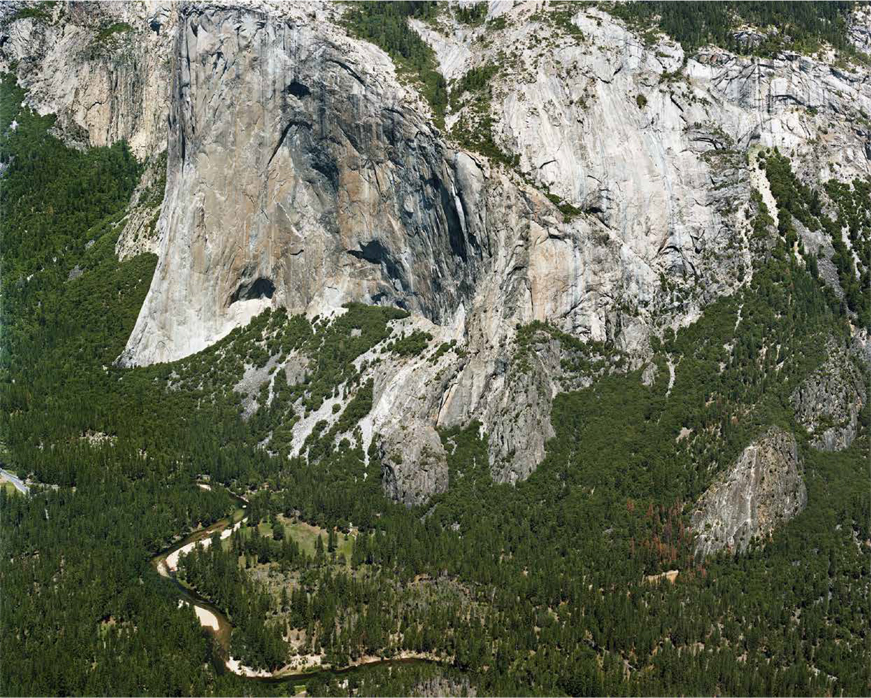
©TAIJI MATSUE Courtesy TARO NASU
|
Artist Information
松江泰治
Taiji Matsue
Born in 1963. Lives and works in Tokyo. Graduated from the Department of Earth and Planetary Science, Faculty of Science, University of Tokyo.
Won the 27th Kimura Ihee Photography Award in 2002,the Higashikawa Domestic Photographer Award in 2012, and The 25th Society of Photography Award in 2013.
He has published several photo books, including gazetteer, CC, JP-22 (DAIWA RADIATOR FACTORY CO., Ltd.), cell (AKAAKA), jp0205, LIM (SEIGENSHA), and Hashima (Getsuyosha).
Selected solo exhibitions include "JP-22" at the Vangi Sculpture Garden Museum (2006 Shizuoka) , "Surficial Survey" at the IZU PHOTO MUSEUM (2012 Sizuoka) , "gazetteer" at the Hiroshima City Museum of Contemporary Art (2018 Hiroshima), "makietaCC" at Tokyo Photographic Art Museum(2021 Tokyo), "JP-32" at Iwami Art Museum(2022 Shimane), and more.
His works are also in the collection of The National Museum of Modern Art (Tokyo), Tokyo Photographic Art Museum(Tokyo), Museum of Contemporary Art Tokyo(Tokyo), The National Museum of Art (Osaka), Aomori Museum of Art(Aomori), Yokohama Museum of Art(Kanagawa),The San Francisco Museum of Modern Art (USA), Berkeley Art Museum, Pacific Film Archives(USA),Santa Barbara Museum of Art(USA),Fonds National d'Art Contemporain(France), Mason Européenne de La Photographie(France), and many other museums.

